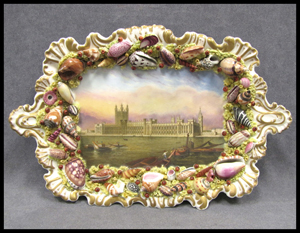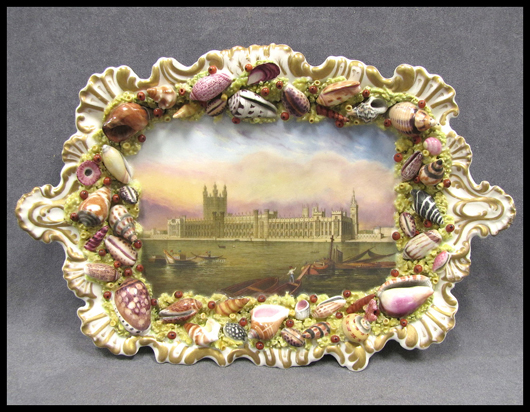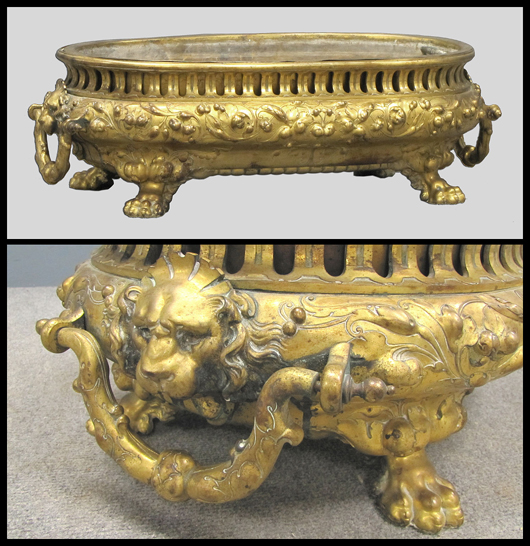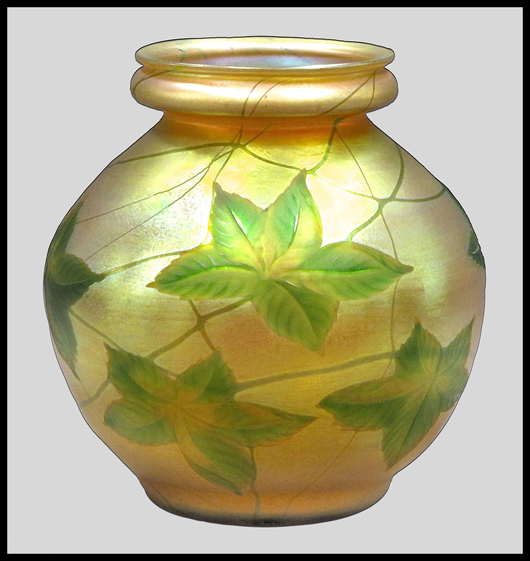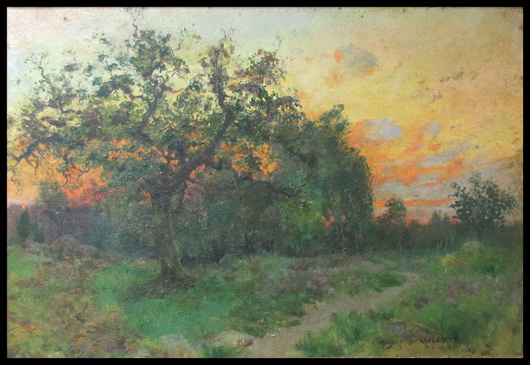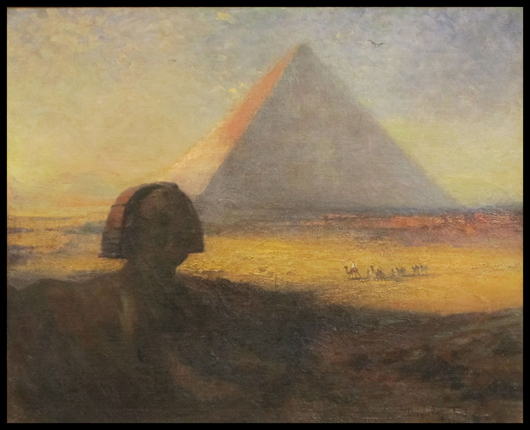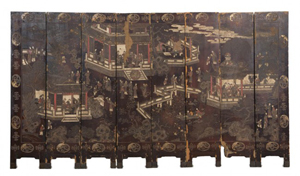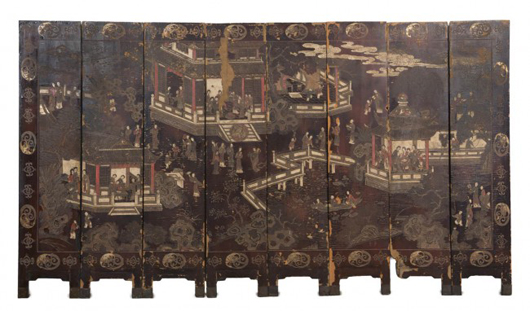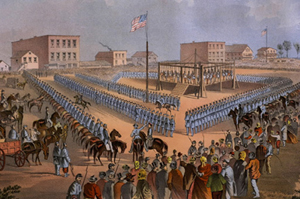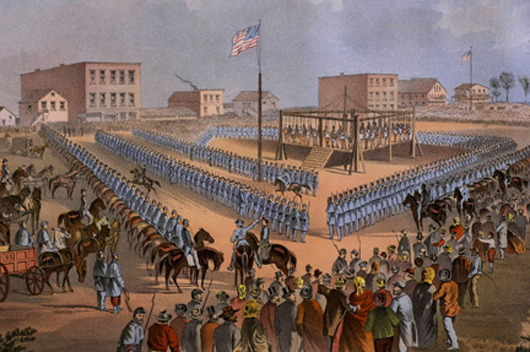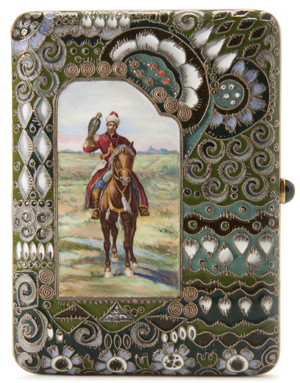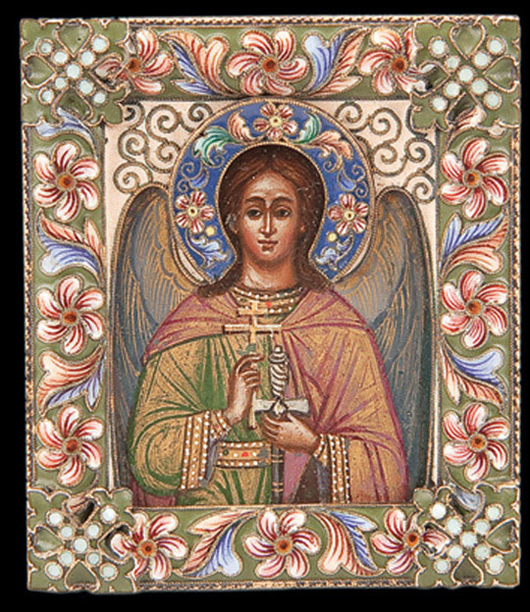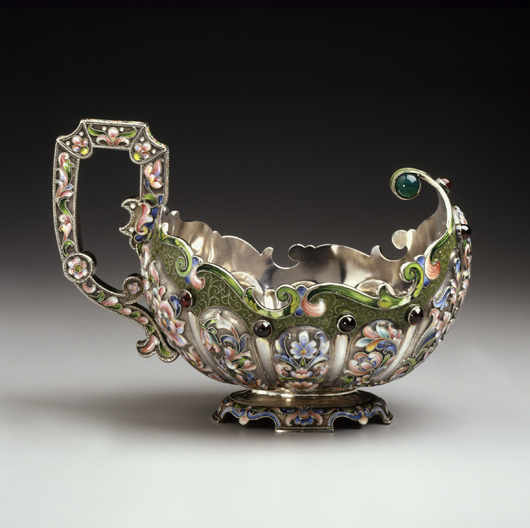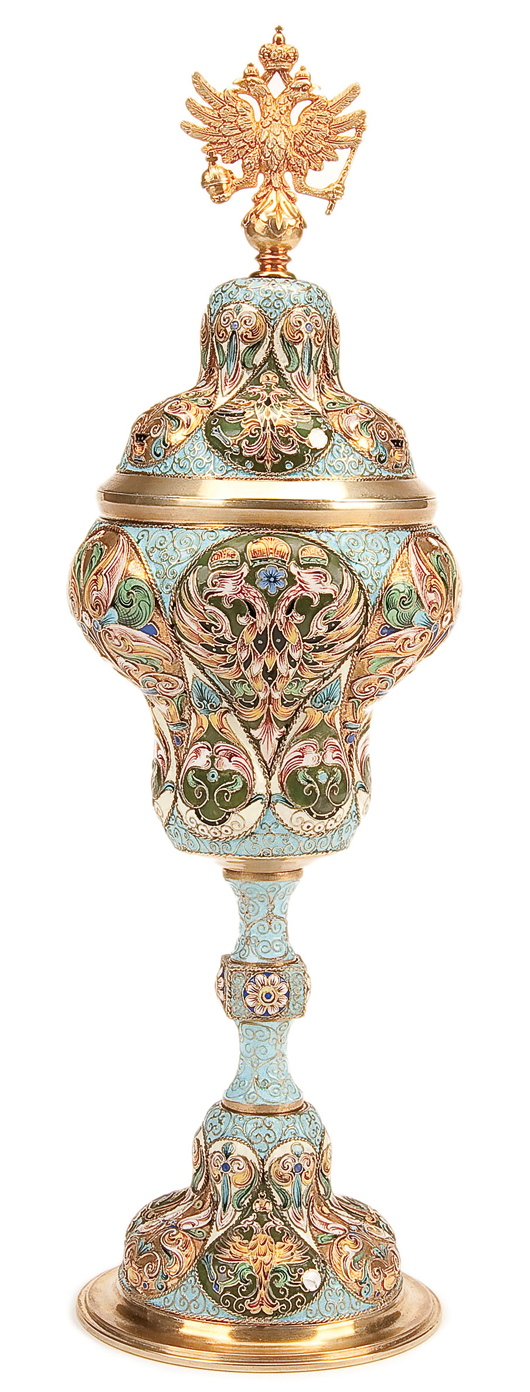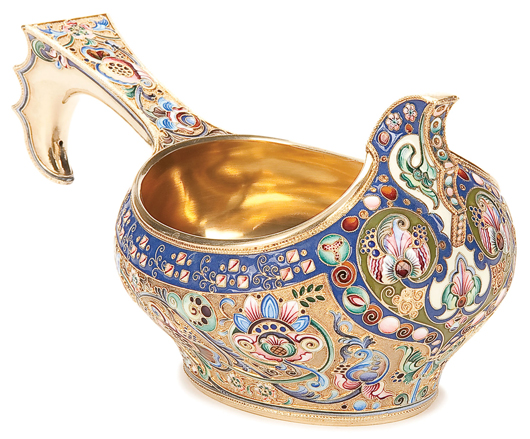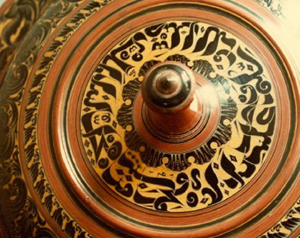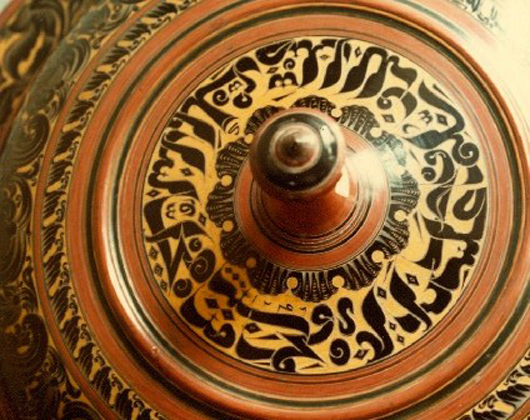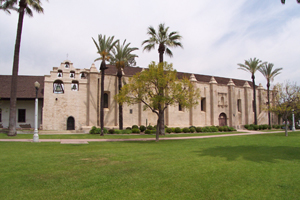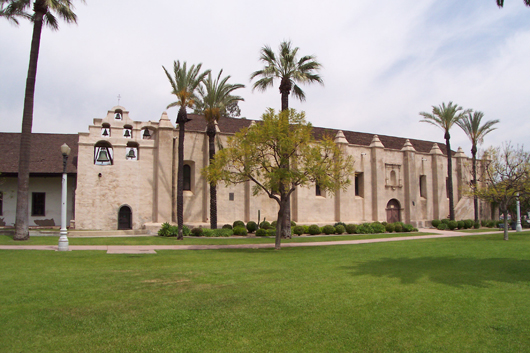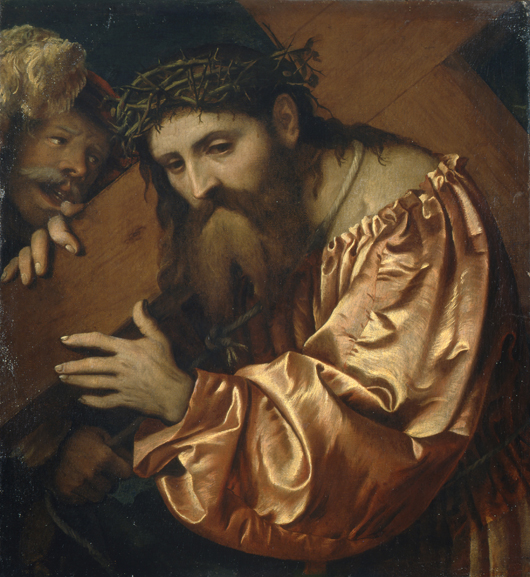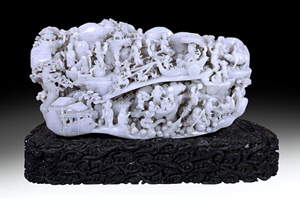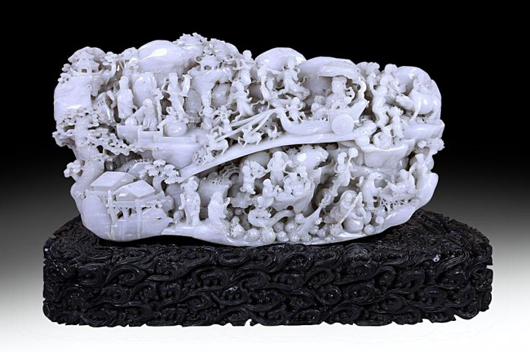NEW YORK —The Metropolitan Museum of Art has unveiled plans for a comprehensive redesign of the four-block-long outdoor plaza that runs in front of its landmark Fifth Avenue façade, from 80th to 84th Streets in Manhattan.
The plan also calls for the creation of new fountains—to replace the deteriorating ones that have been in use since they were built in the 1970s along with the existing plaza. The fountains will be positioned closer to the Museum’s front steps, improving access to its street-level public entrances at 81st and 83rd Streets. The renovated plaza will also feature tree-shaded allées (in place of the current trees that have limited lifespans and low environmental benefits due to their planting conditions), permanent and temporary seating areas, and entirely new, energy-efficient and diffused nighttime lighting. Seasonal planting will be added along the building to provide color and visual interest throughout the year. All of these new features respect and complement the architectural highlights of the landmark façade and the monumental, recently refurbished central stairs. OLIN, the landscape architecture, urban design, and planning firm, has been retained by the Museum as the lead design consultant for the project.
The entire project will be funded through the generosity of Museum Trustee and philanthropist David H. Koch.
Daniel Brodsky, Chairman of the Museum’s Board of Trustees and chairman of the Board’s plaza oversight committee, stated: “Following years of beautification and infrastructure improvements within the walls of the Metropolitan Museum, the Trustees of the institution hope to provide an equally magnificent setting to welcome visitors as they approach our landmark building. We believe this rehabilitation will enhance the entire community and give the appropriate scale and scope to the gateway to one of the finest structures in New York—a setting worthy of the City’s crown jewel. The Museum is enormously grateful to Trustee David H. Koch, without whose encouragement this project might never have been initiated, and whose generosity will now make its realization possible.”
Thomas P. Campbell, Director and CEO of the Metropolitan Museum, and Emily K. Rafferty, President, presented the plans at separate meetings held today at the Museum for public officials and for residents of the institution’s Upper East Side neighborhood.
In announcing the plans, Mr. Campbell said: “The Metropolitan Museum’s Fifth Avenue plaza is the public face of the Met, the first on-site experience for our millions of visitors from around the world. As such, it should mark the beginning of the extraordinary environment that awaits them inside, where our magnificent collections will take them across the globe and through centuries of history.
“Our plaza is also one of the most important public spaces in New York,” he continued. “We see the need for a space that will make a significant contribution to our neighborhood, rich in spatial character, with glorious fountains, welcoming shade, choices for seating, beautiful plantings, and light refreshments, all in elegant complement to our iconic Beaux-Arts building.”
Adrian Benepe, Commissioner of the New York City Department of Parks & Recreation, stated: “The Metropolitan Museum of Art delights millions of New Yorkers and visitors each year and we are thrilled that it has made a home in Central Park for the last 130 years. The Museum’s Fifth Avenue plaza is one of New York City’s most significant public gathering places and its upcoming restoration will ensure that it continues to welcome art aficionados and passersby with a newly expanded urban forest, spectacular display fountains, and other visitor amenities, all in an envelope of environmentally sustainable design.”
Kate D. Levin, Commissioner of the New York City Department of Cultural Affairs, remarked: “The renovation and redesign of The Metropolitan Museum of Art’s plaza is the next step in ensuring that one of our great public buildings is welcoming to visitors from across the street and around the world.”
Forty years have passed since the last renovation to the Metropolitan Museum’s Fifth Avenue presence, when the design emphasis focused on accommodating vehicular access. Today, pedestrian access is a greater priority, and some of the exterior works—including the fountains, trees, limited seating, and paving—have aged beyond repair. In particular, no long-term solution has been found for maintaining the fountains, which recently underwent a round of temporary repairs. The Museum will leave untouched the most iconic element of the prior design, the monumental front steps at 82nd Street.
Since the Museum’s founding in 1870, its rich architectural history has included major renovations, several of them including work on the Fifth Avenue plaza, with more than a dozen architectural firms over the years. The central Museum façade on Fifth Avenue, known as the East Wing, was designed by Richard Morris Hunt and Richard Howland Hunt in 1896, and opened officially in 1902. The imposing and sculptural main entrance is the central portion of the composition and is flanked by low wings set back from the central façade. On each side of the original East Wing are newer wings designed by the firm of McKim, Mead and White. The grand stairs in front of the main entrance were designed by Roche Dinkeloo and Associates in 1968, and approved by the Landmarks Preservation Commission before construction. The new design balances the grand stairs with a pair of fountains and bosques of London Plane trees, and two aerial hedges of Little Leaf Linden trees to its north and south.
Over the years, the front steps—which are the primary path for visitors into the Museum—have become a popular area for Museum visitors to sit and enjoy the outdoors.
Improved Museum Access:
In the new renovation plan, Museum access would be improved by providing additional seating options to either side of the grand staircase and by replacing the long fountains currently impeding access to the doors at 81st and 83rd Streets. The existing pavement along the façade of the Museum would be removed and replaced with new North American granite paving to accommodate pedestrians along myriad routes to and from the doors and steps of the Museum.
Fountains:
A pair of contemporary granite fountains, designed by the award-winning firm Fluidity Design Consultants, would be operational year-round, bracketing the grand stairs to create an energized connection between people sitting on the steps and those at the fountains, while punctuating the long plaza along Fifth Avenue with attractive water elements. Each fountain would be a quiet square form inset with a circular stone dome, with seating on long stone benches placed adjacent to the north and south edges of the pools. A circular basin would be subtracted from the rectilinear stone form to reveal a shallow stone dome occupying the basin’s negative space and generating a lens effect in the pool’s water volume. Evenly spaced nozzles, mounted around the edge of the circular basin, would orient glassy streams toward the center of the feature. The streams would be individually size-controlled and programmed to present a wide variety of programmable patterns. In winter, the water would be warmed by recycling steam to prevent freezing, thereby allowing for year-round use.
Landscaping:
At the far north and south ends of the wings by McKim, Mead, and White, where the architecture steps forward toward the street, two allées of large Little Leaf Linden trees would be planted, one on each margin of the sidewalk, continuing the shaded route along the Central Park wall and aligned to the rhythm of the windows facing Fifth Avenue. These trees would be pruned in the form of two aerial hedges, similar to the trees at the Palais Royal in Paris. Existing flagpoles would be relocated to rise above the trees at the ends of each allée, responding to the architectural arches of the façade. The presence of trees would create a pleasant experience within the streetscape, reinforcing the central plaza’s volume, yet hedged to ensure that the trees do not detract from the monumentality of the Museum’s façade.
Within the central plaza, pairs of bosques of trees would be planted, flanking the 81st and 83rd Street entrances. By planting the bosques at a 45-degree angle to the street, the resulting lines of the tree trunks would guide pedestrians toward the doorways.
The London Plane trees will be pollarded, a historic pruning technique that allows for maximum sun penetration in the winter to warm the plaza and maximum shade in the summer for cooling. The pollarding also limits the height of the trees so they do not grow to block the view of the imposing façade. Along the base of the building on either side of the central stairway, ornamental beds of mixed shrubs and herbaceous flowers would be planted, referencing plantings seen in early- to mid-20th-century photographs and drawings, including original concepts presented by McKim Mead and White.
These allées and bosques would help soften noise on the plaza and better retain sounds within it.
In the new plan, the Museum would plant approximately 100 new trees, more than doubling the current number. The 44 London Plane trees currently on the plaza are planted in inadequate conditions, which impede their health and limit their environmental benefits. The Museum would transplant as many trees as are deemed viable for relocation to other areas of the City chosen by the Department of Parks & Recreation. The Museum would also make tree restitution payments to the Parks Department, in conformity with New York City law and the Parks Department’s standard reimbursement formulas to support tree plantings citywide. The new London Plane and linden trees would be planted in large tree pits that collect rainwater run-off and allow for healthy root growth, thereby maximizing their life spans and environmental benefits.
Beneath the bosques, shaded seating would be provided, using lightweight movable chairs that allow users to arrange them as they please. These casual seating areas, similar in concept to others recently installed in public areas around the City, would offer clear views of the plantings and water features of the plaza, with the activity of Fifth Avenue in the background. Additional benches adjacent to the allées of trees will provide further options for seating with shade provided by a series of parasols.
At the public parking entry at 80th Street, both the booth along the access drive and the landscape plantings would be refurbished to make the entrance more welcoming as well as to provide better conditions for the Noguchi sculpture currently located on a plinth adjacent to the drive. The new booth would be covered in cedar wood siding with an environmentally sustainable sedum green roof, with trees and significant understory plantings added in order to blend it more harmoniously with the overall park landscape.
Amenities:
Two kiosks, both operated by the Museum, and designed by architects Rick Mather Associates, would be specially designed for placement on the plaza—one within each of the pollarded bosques of trees at 81st and 83rd Streets. The kiosk at the northern end of the plaza would provide light refreshments while the one at the south end would dispense information about the Museum and expedite admissions. These kiosks could be transported seasonally, if required, and would be clad in bronze-colored metal to match architectural details of the building, such as railings and window grates.
It is expected that the Department of Parks & Recreation would re-designate specific vending spots for expressive content vendors as well as its two food concessions, as is currently the case. These and all other vendors would be subject to all applicable laws and regulations pertaining to vendors in parks and other public spaces.
Lighting:
The evening ambiance of the Museum plaza would be enhanced by a hierarchy of light on the landscape, water features, grand stairs, and façade. The façade is currently lit unevenly by light poles across the street from the building, on the east side of Fifth Avenue. Current lighting would be removed under the new plan. The new elements, which have been designed by the renowned lighting design practice L’Observatoire International, would form a composition to assist with wayfinding, provide visual interest for passers-by, and ensure safe and secure passage through the plaza at night.
Rather than lighting the façade with floodlights, which are energy-inefficient and tend to flatten the features of the architecture, the redesigned LED lighting, mounted on the Museum’s façade and the plaza itself, would treat the building like a work of art, providing highlights that enhance the sculptural nature of the façade and its many beautiful carvings. Low power lights in the Museum’s large windows would cast a warm glow and make the Museum feel more approachable at night. This warm-colored lighting from the windows and on the façade would contrast with the cooler white lighting of the fountains and the tree canopy, adding a sense of depth to the façade and plaza. All of the lights would be on dimmers, which can be used to control the light levels and are much more energy-efficient than the current lighting design. The overall impact would be to diminish the intensity of the floodlights now installed along Fifth Avenue.
Environmental Sustainability:
The plaza design attempts to reconcile the physical need for a significant area of paved plaza with the desire to employ sustainable strategies regarding stormwater management and the urban heat island effect, two goals that are often at odds with each other. To accomplish this, the proposed trees would significantly increase the square footage of shade in the plaza, thereby reducing the surface temperature of the paving by as much as 25 degrees Fahrenheit. Additionally, the design calls for a suspended paving system, which allows for extensive subsurface tree pits that can collect and utilize onsite stormwater that would otherwise drain into the City’s infrastructure. Excess stormwater that is not captured by the subsurface tree pits or the ornamental planting areas would be collected and directed into underground retention areas that hold and slowly release water into the City’s stormwater system. This gives some relief to the extreme demand put on the City’s aging system. On average, the projected annual stormwater reduction per tree is 845 to 1390 gallons.
Project Approvals and Schedule:
To date, the Museum’s efforts to initiate the project have required considerable advance planning, design work, and applications for all of the necessary formal approvals as well as input from several City agencies—including the Public Design Commission, Landmarks Preservation Commission, Department of Parks & Recreation, Department of Environmental Protection, Department of Cultural Affairs, and Department of Transportation—and input from the Central Park Conservancy. Once all of the necessary approvals are in place, the construction phase—which could begin by fall 2012—would take an estimated 23 months to complete. During construction, visitor entrances would remain open to the public and pedestrian access along the plaza from 80th to 84th Streets would be maintained. Because it would require closure of portions of the plaza and street at various times, the Museum is developing a vehicular and pedestrian traffic plan with the Department of Transportation, aided by consultant Sam Schwartz Engineering.
Project Oversight and Consultants:
OLIN was selected as the project’s lead design consultant after a process overseen by a special committee of the Museum’s Board of Trustees for the plaza redesign project. The committee invited proposals from a limited number of architecture firms and landscape designers, leading to the selection of OLIN. Trustee members of the committee are: Daniel Brodsky (chairman), Russell Carson, David H. Koch, Cynthia Hazen Polsky, Henry B. Schacht, Ann Tenenbaum, and Shelby White. Director Thomas P. Campbell and President Emily K. Rafferty served as ex officio members of the committee and construction consultant Peter Lehrer was invited to serve in an advisory capacity. Also participating, from the Museum’s staff, were Morrison Heckscher, the Lawrence Fleischman Chairman of the American Wing, and until his departure last month, Gary Tinterow, the former Engelhard Chairman of Nineteenth-Century, Modern, and Contemporary Art.
The OLIN team, led by Partner Dennis McGlade, managed and collaborated with a number of consultants for the project, including: Gorton & Associates for project and cost management; Fluidity Design Consultants for water feature design; L’Observatoire International for lighting design; Rick Mather USA Inc. with Spatial Affairs Bureau for kiosk and site furnishings design; and Sam Schwartz Engineering for the vehicular and pedestrian traffic flow plan. Additional consultants are contributing to the areas of civil engineering, transportation engineering, site surveying, irrigation, and other fields.
* * *
The Metropolitan Museum of Art, founded in 1870, is one of the world’s largest and finest museums. Its collections include nearly two million works of art spanning more than 5,000 years of world culture, from prehistory to the present and from every part of the globe. The Museum’s 2.4 million-square-foot building has vast holdings represented by a series of collections, each of which ranks in its category among the best in the world. Last year the Metropolitan Museum was visited by more than 5.6 million people.
# # #
# # #
